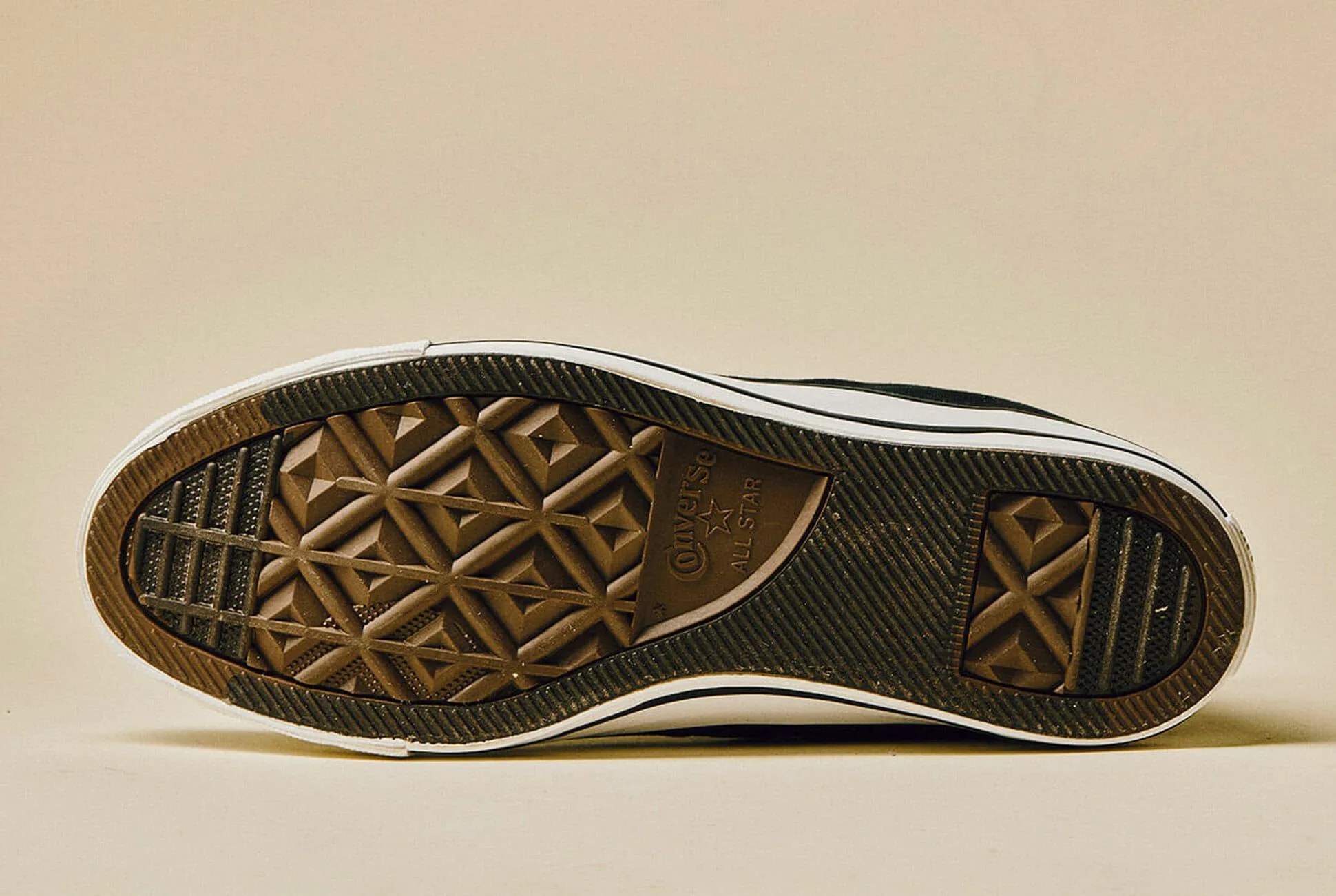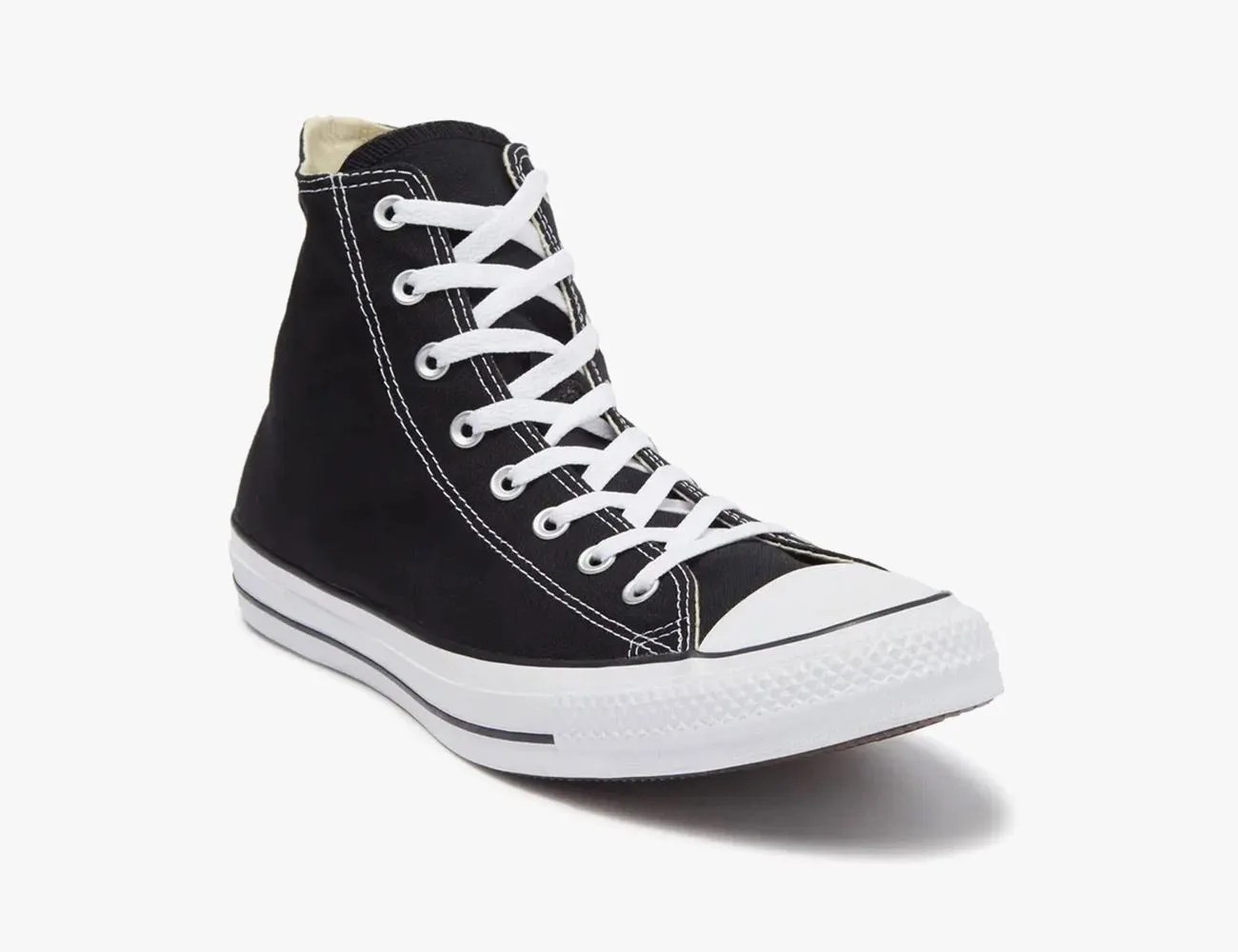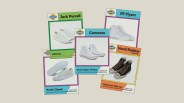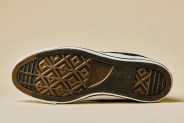If you’ve ever worn a fresh pair of Converse Chuck Taylor All-Stars, you might have a noticed a strange detail when you first pulled them out of the box. The soles were … fuzzy? No, you weren’t seeing things.
Felt is a strange “feature” to have on a shoe, let alone a part of the shoe that grinds the pavement. So why is it there? The answer comes down to, of course, profits.
In the eyes of the law, Chuck Taylors are technically slippers
Tariffs play a huge role in margins and tariff percentages can vary widely depending on the item that’s being imported. For a US company importing shoes from China, that can be as much as 37.5 percent. When a company does as much volume as Converse, it adds up.
Instead of paying such high import tariffs, companies can use a loophole in the system to shell out considerably less. Known as “tariff engineering,” importers can modify a product they import in order to reclassify it into another category that has a lower tariff. In the case of footwear, slippers have a very low tariff compared to shoes — 3 percent to about 25 percent.
Felt helps each Converse shoe keep its shape, stay grippy and remain quiet with each step.
According to the patent for the sole Converse uses — which curiously features images of footwear that look way more like slippers — the “shoe with slip-resistant, shape-retaining fabric outsole” invention is a way for a shoe to keep its shape, stay grippy and remain quiet with each step.
Essentially, it’s a sneaker with a fabric sole attached to a conventional rubber sole. But in the law’s eyes, the fact that the Chuck Taylor’s soles are over 50 percent felt classifies it as a slipper.




